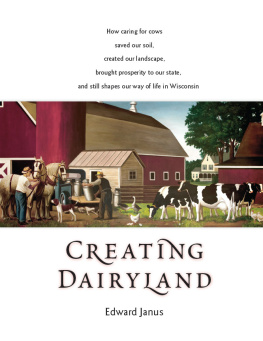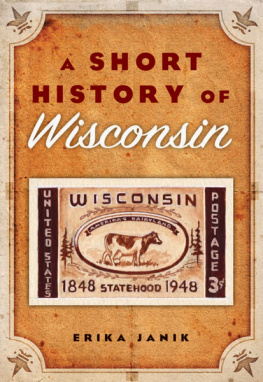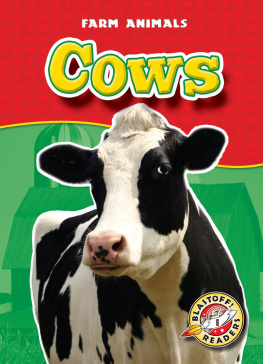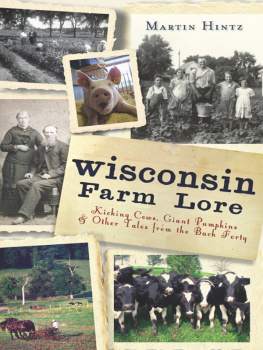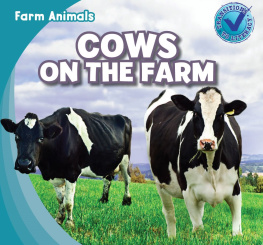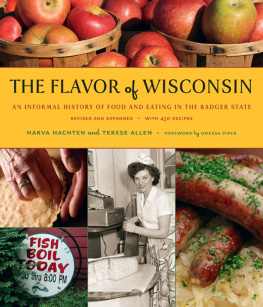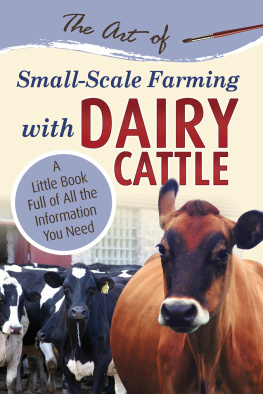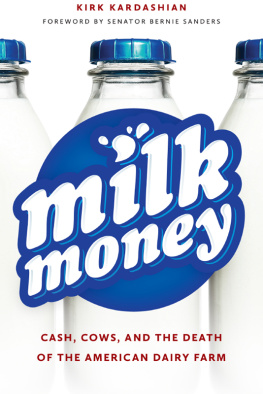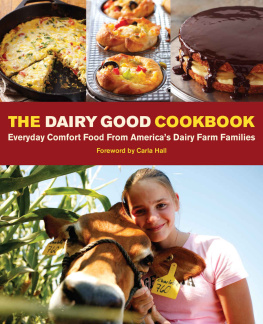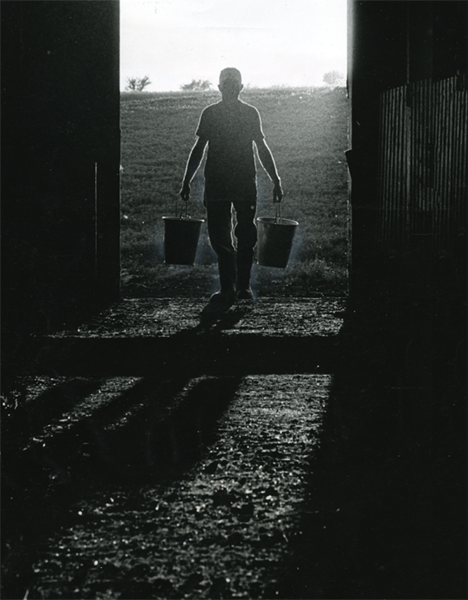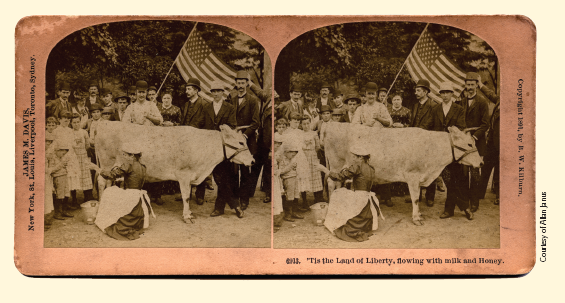Edward Janus - Creating Dairyland: How caring for cows saved our soil, created our landscape, brought prosperity to our state, and still shapes our way of life in Wisconsin
Here you can read online Edward Janus - Creating Dairyland: How caring for cows saved our soil, created our landscape, brought prosperity to our state, and still shapes our way of life in Wisconsin full text of the book (entire story) in english for free. Download pdf and epub, get meaning, cover and reviews about this ebook. year: 2012, publisher: Wisconsin Historical Society Press, genre: Politics. Description of the work, (preface) as well as reviews are available. Best literature library LitArk.com created for fans of good reading and offers a wide selection of genres:
Romance novel
Science fiction
Adventure
Detective
Science
History
Home and family
Prose
Art
Politics
Computer
Non-fiction
Religion
Business
Children
Humor
Choose a favorite category and find really read worthwhile books. Enjoy immersion in the world of imagination, feel the emotions of the characters or learn something new for yourself, make an fascinating discovery.
- Book:Creating Dairyland: How caring for cows saved our soil, created our landscape, brought prosperity to our state, and still shapes our way of life in Wisconsin
- Author:
- Publisher:Wisconsin Historical Society Press
- Genre:
- Year:2012
- Rating:3 / 5
- Favourites:Add to favourites
- Your mark:
Creating Dairyland: How caring for cows saved our soil, created our landscape, brought prosperity to our state, and still shapes our way of life in Wisconsin: summary, description and annotation
We offer to read an annotation, description, summary or preface (depends on what the author of the book "Creating Dairyland: How caring for cows saved our soil, created our landscape, brought prosperity to our state, and still shapes our way of life in Wisconsin" wrote himself). If you haven't found the necessary information about the book — write in the comments, we will try to find it.
The story of dairying in Wisconsin is the story of how our very landscape and way of life were created. By making cows the center of our farm life and learning how to care for them, our ancestors launched a revolution that changed much more than the way farmers earned their living it changed us.In Creating Dairyland, journalist, oral historian, and former dairyman Ed Janus opens the pages of the fascinating story of Wisconsin dairy farming. He explores the profound idea that led to the remarkable big bang of dairying here a century and a half ago. He helps us understand why there are cows in Wisconsin, how farmers became responsible stewards of our resources, and how cows have paid them back for their efforts. And he introduces us to dairy farmers and cheesemakers of today: men and women who want to tell us why they love what they do. Ed Janus offers a sort of field guide to Dairyland, showing us how to read our landscape with fresh eyes, explaining what we see today by describing how and why it came to be. Creating Dairyland pays tribute to the many thousands of Wisconsin farmers who have found a way to stay on their land with their cows. Their remarkable effort of labor, intelligence, and faith is one of the great stories of Wisconsin.
Edward Janus: author's other books
Who wrote Creating Dairyland: How caring for cows saved our soil, created our landscape, brought prosperity to our state, and still shapes our way of life in Wisconsin? Find out the surname, the name of the author of the book and a list of all author's works by series.

